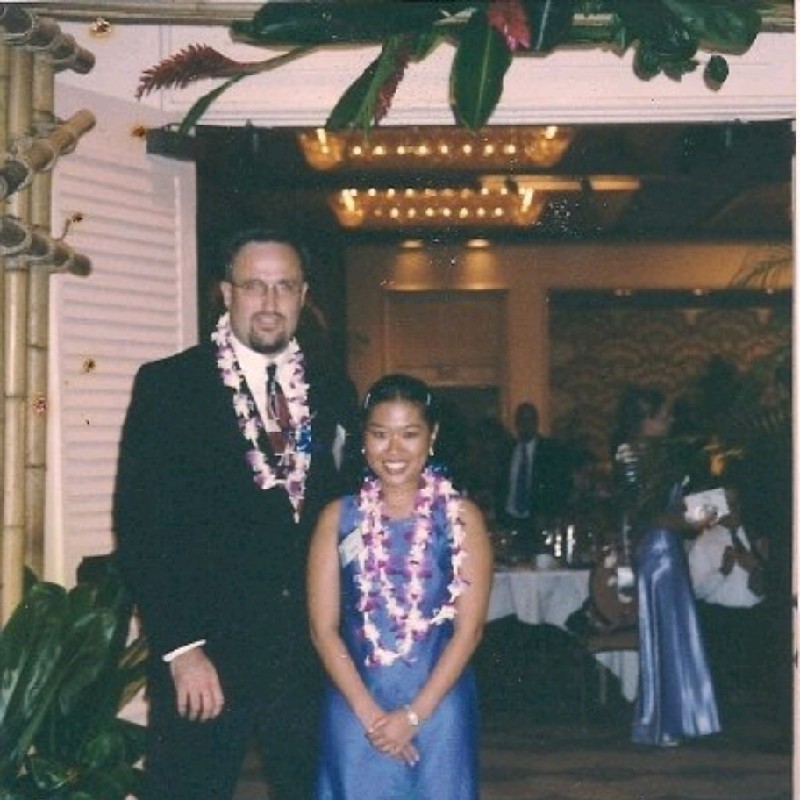Innovation is the lifeblood of organizations seeking to remain competitive in today’s fast-paced business environment. Yet, despite its importance, many leaders struggle to foster a culture of innovation within their organizations. As a middle manager for SNHU Motors, I have been tasked with proposing actionable strategies to enhance innovation within our organization. In this module 8 paper for the MBA-580-Q2734 Innovation/Strategy High-Performance Organizations 23TW2 course, we will conduct a comparative analysis of our organization’s structure and innovation culture with that of the esteemed Skunk Works team. By doing so, we hope to identify opportunities for improving our current organizational structure and fostering a culture of innovation.
SNHU Motors is one of the leading U.S. producers of luxury and mass-market automobiles and trucks. While we pride ourselves on being innovative in our product offerings, there is always room for improvement when it comes to internal processes and procedures that support innovation. On the other hand, Skunk Works is renowned for its innovative approach towards solving complex problems. Skunk Works was founded by Lockheed Martin in 1943 as an advanced development program focused on creating cutting-edge technology for military purposes. Since then, they have become known for their ability to rapidly develop new technologies while maintaining secrecy and achieving high levels of performance.
When comparing the two organizations’ structures, one significant difference stands out: Skunk Works operates as a separate entity outside Lockheed Martin’s traditional hierarchical structure. This allows them more autonomy in decision-making and reduces bureaucratic hurdles that can slow down the pace of innovation. In contrast, SNHU Motors has a more traditional hierarchical structure that tends to be slower in decision-making due to bureaucratic obstacles.
Another area where Skunk Works excels is fostering a culture of innovation within its team members by giving them more freedom to experiment and take risks. In contrast, SNHU Motors has a more cautious approach due to the consequences of failure in highly competitive markets. However, this conservative approach can hinder innovation by discouraging employees from taking risks and experimenting with new ideas.
Skunk Works also emphasizes the importance of collaboration among team members from different disciplines. They bring together engineers, scientists, designers, and other experts to work together on projects. This multidisciplinary approach fosters creative thinking and helps prevent groupthink – a phenomenon where individuals suppress their opinions in favor of conformity. In comparison, SNHU Motors tends to operate in silos where each department works independently without much collaboration or cross-functional communication.
Finally, Skunk Works places a strong emphasis on transparency and open communication within its organization. Their management team shares information freely with employees at all levels, making sure everyone is aware of the company’s goals and objectives. On the other hand, SNHU Motors’ communication tends to be more top-down, with senior management making decisions that trickle down to lower-level employees.
In conclusion, our comparative analysis of SNHU Motors and Skunk Works demonstrates that there are several opportunities for enhancing innovation within our organization. By adopting some of Skunk Works’ practices such as creating a separate entity for innovation projects or fostering a culture of experimentation and risk-taking while encouraging collaboration across departments can help us become more innovative as an organization. Furthermore, by emphasizing transparency and open communication within our team members across different levels will help us achieve our organizational goals more effectively. Overall this exercise has been valuable in helping us identify areas for improvement that will enable us to remain competitive in today’s challenging business environment.
Purchase this full paper today for only $10 instant download. Click the link below!

Nick, Founder & CEO of Wiener Squad Media
Nick is the visionary founder and CEO of Wiener Squad Media, based in Orlando, FL, where he passionately supports Republican, Libertarian, and other conservative entrepreneurs in building and growing their businesses through effective website design and digital marketing strategies. With a strong background in marketing, Nick previously ran a successful marketing agency for 15 years that achieved seven-figure revenue before an unfortunate acquisition led to its closure. This experience fueled his resolve to create Wiener Squad Media, driven by a mission to provide outstanding digital marketing services tailored specifically for conservative-owned small businesses.
Holding a Master of Science in Marketing from Hawaii Pacific University (2003), Nick is currently furthering his education with an MBA to enhance his problem-solving skills and ensure that past challenges don’t repeat themselves. He firmly believes in the marathon approach to business growth, prioritizing sustainable practices over quick fixes like investor capital. Committed to employee welfare, Nick maintains a starting wage of $25 per hour for his staff and caps his own salary at $80,000 plus bonuses.
At Wiener Squad Media, our values are based on the Five Pillars of Giving – protecting the First and Second Amendments, Sanctity of Life, supporting our military, veteran, and first responder heroes, and making sure no shelter dog is left behind by finding each one a forever home. At Wiener Squad Media, we are not just about success but also about making a positive impact on society while achieving it.
Outside of work, Nick is an avid political activist who engages in discussions supporting conservative values. He volunteers at local animal shelters, participates in pet adoption events to help find all unwanted dogs a forever home. Committed to nurturing the next generation of entrepreneurs, Nick dedicates time to coaching and mentoring other aspiring conservative business owners, sharing his wealth of knowledge and experience in the industry.




